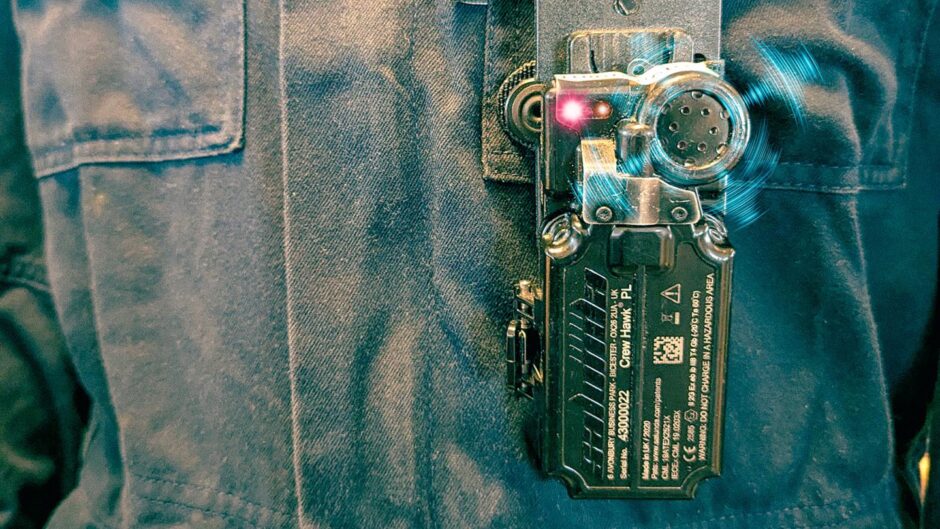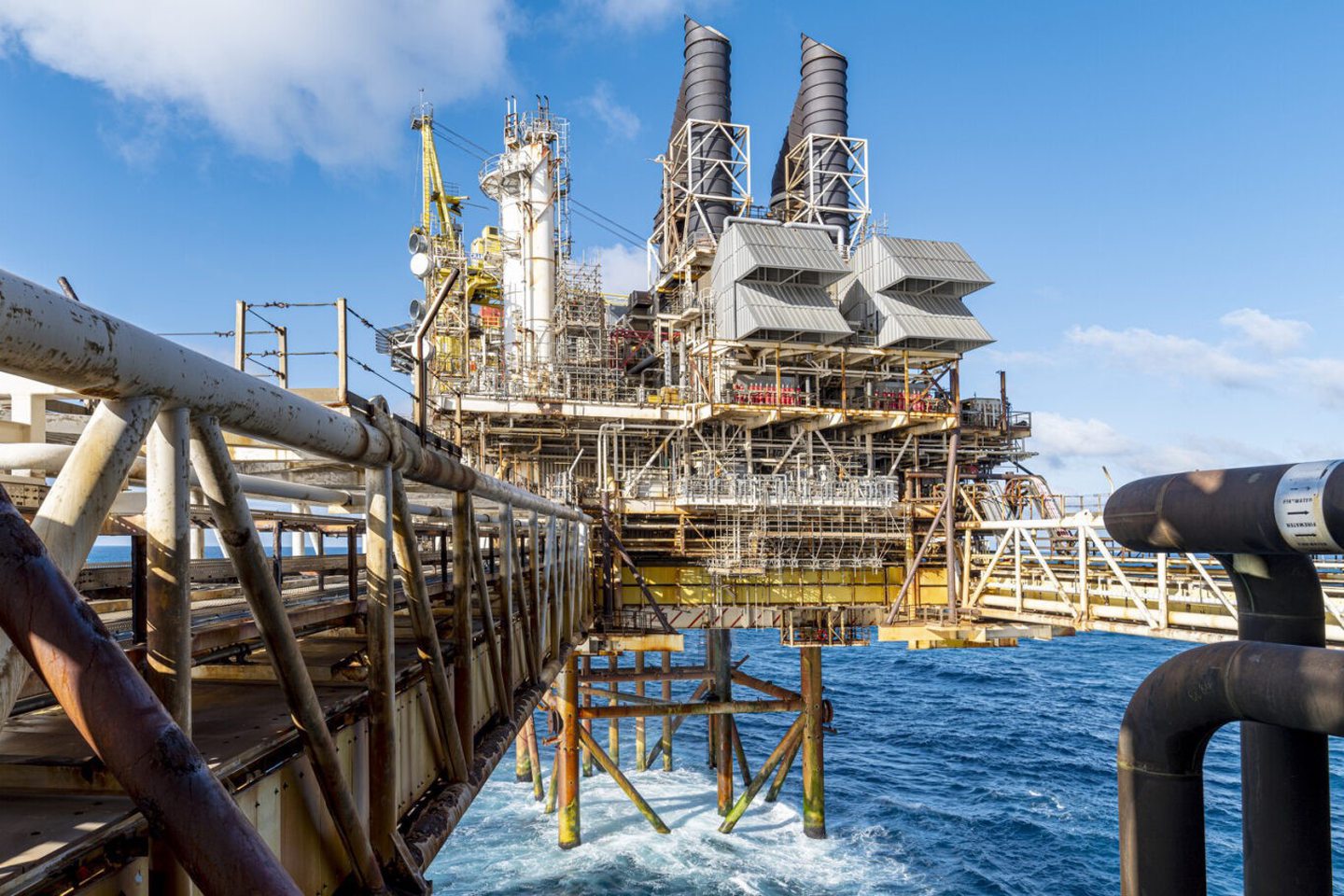
2024 has been a transformative year for offshore oil and gas safety, with Red Zone monitoring becoming a cornerstone of operational best practices.
It’s a shift that has been building for years, but this is the year it hit the mainstream.
Red Zones—the high-risk areas around heavy machinery and moving loads—are among the most hazardous on any offshore platform.
Improving the monitoring of these zones is no longer optional; it’s imperative.
The rise in collaborative working groups and the development of cutting-edge technology underscore how seriously the global industry is taking this issue.
Wearable devices, for example, which integrate seamlessly into real-time location monitoring systems, enhance situational awareness and alerts workers when they encroach on hazardous areas.
Similarly, combining audio, visual, and vibrational alerts to create a multi-layered warning system further reduces the likelihood of human error.
Feedback from presentations I have made in recent months, in Brazil and the Middle East, indicates that drillers and operators increasingly see the value of these lifeline technologies.
Monitoring equipment provides the visibility and immediacy that allows teams to respond quickly, mitigate incidents, and build a culture of accountability.
Enhanced compliance, fewer near-misses, and an overall reduction in operational downtime are proof that investments in Red Zone monitoring are paying off.
What I find truly encouraging is the cultural shift. Conversations about Red Zones have moved from reactive troubleshooting to planning.
Safety collaboration
Equally important is the newfound willingness to collaborate. Operators who once viewed safety as a competitive differentiator are now recognising that shared knowledge benefits everyone.
Joint initiatives and cross-company working groups are demystifying best practices and setting new benchmarks for safety.
By extending monitoring technologies to other areas of work such as well interventions and workover, operators can proactively manage risks in environments where hazards are heightened by constrained spaces. .
While the strides made in 2024 are significant, there’s still work to be done. For one, data integration remains a challenge.
Some Red Zone monitoring tools continue to operate in silos, limiting their ability to provide a holistic view of operational safety.
Greater interoperability—between platforms, technologies, and operators—will be key to taking Red Zone monitoring to the next level.
And, of course, the human factor cannot be overlooked. Training and education will remain critical, no matter how advanced the technology becomes.
Workers need trust these systems and also understand their role in the broader safety ecosystem.
Red Zone monitoring is no longer a concept of the future; it’s a reality that is saving lives today.
As we look ahead, the challenge will be to build on the momentum of 2024—to refine the technology, deepen industry collaboration, and ensure that safety stays at the forefront of offshore operations.
The tools are in place. Now it’s up to all of us—operators, engineers, and decision-makers—to ensure they’re used to their fullest potential.
Offshore work will always involve risk, but with the right technologies and a commitment to continuous improvement, we can ensure that those risks are minimised like never before.
Red Zones will remain red, but they don’t have to be synonymous with danger.
Alan Finlay is the chief executive officer of Salunda


